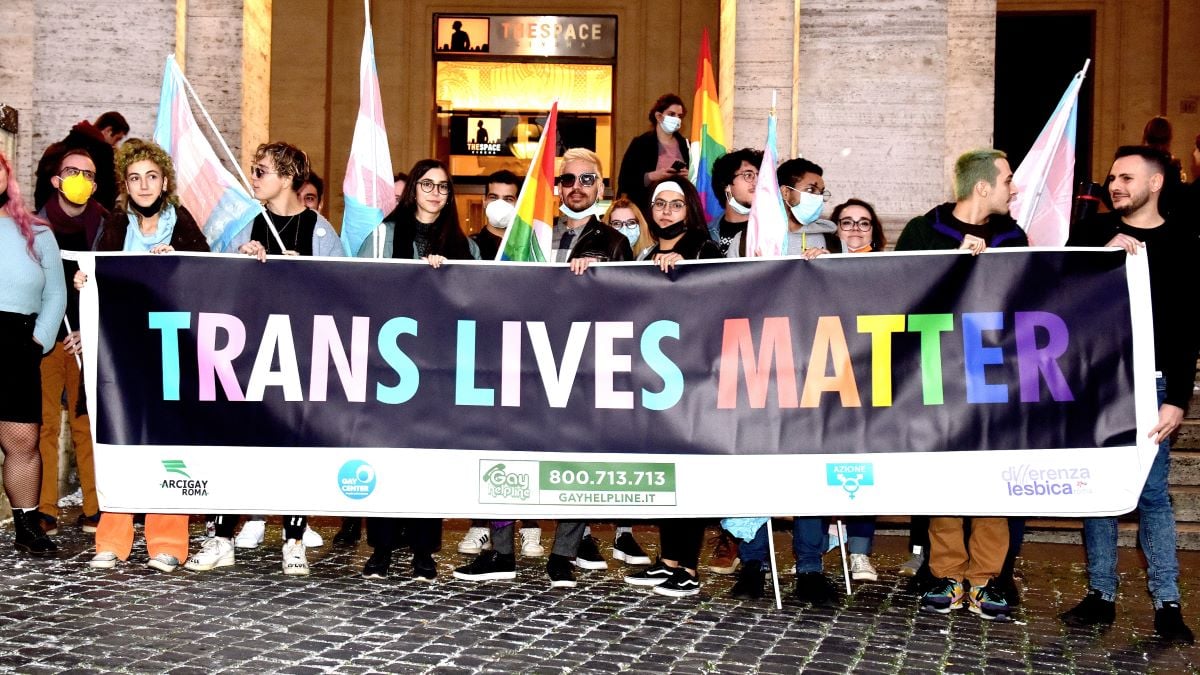Nov. 20 marks the annual Transgender Day of Remembrance, an international occasion observed by the LGBTQ+ community and their supporters, in particular those belonging to the trans community. While the internet has brought the TDoR to new prominence, celebrated all over the world rather than in select locations, the annual event has been observed since the 1990s.
Transgender Day of Remembrance began in 1999, founded by trans rights activist Gwendolyn Ann Smith. The first TDoR, according to GLAAD, began as a vigil for Rita Hester, a 34-year-old black trans woman and civil rights activist who was murdered outside her home in Boston in November 1998.
After the vigil, the event turned into a tradition meant to commemorate members of the trans community who have been murdered due to their gender identity, as the deaths typically go unreported, or are not taken as seriously by the press or their cisgender peers, due to transphobia, and often racism. Black trans women have one of the lowest life expectancies of any marginalized group in the United States, estimated to be around 35 years of age.
As observed by attendees at the vigil for Hester, attended by the late activist’s family, friends, and fellow members of the trans community, the event brought a community together. Moreover, the event was a rare occurrence of the violence that transgender people face on a daily basis being acknowledged and commemorated, and that a trans person was given the same kind of memorialization expected of a cisgender person, especially that of a murder victim.
According to Smith, TDoR “seeks to highlight the losses we face due to anti-transgender bigotry and violence. I am no stranger to the need to fight for our rights, and the right to simply exist is first and foremost.”
While Trans Day of Visibility exists, occurring every March 31st, Transgender Day of Remembrance is a more solemn occasion. The day exists to commemorate those that hatred and bigotry have tried to erase, silence, or make invisible. It is also a day to reflect on the history of the trans rights movement – inextricably linked to the overall LGBTQ+/Pride movement – and recognize those who have been subject to violence along the way. Moreover, it is also a way to recognize the inequalities that exist within the LGBTQ+ community – black trans women in particular, as they have been historically most likely to face violence.
Trans Day of Remembrance has been recognized in political houses in the United States and Canada and rose to a higher level of prominence in 2021 when it was recognized by Joe Biden, the first sitting president to do so. While this type of recognition brings a new level of awareness to the aims of TDOR, it is meant to be recognized across the world, thanks to the internet, meaning that trans people living in communities that would not otherwise hear of the event can feel a sense of community and solidarity.
For support, please call the Trans Lifeline on (877) 565-8860 in the U.S. or (877) 330-6366 in Canada, or talk confidentiality online on the Transgender Support website.
